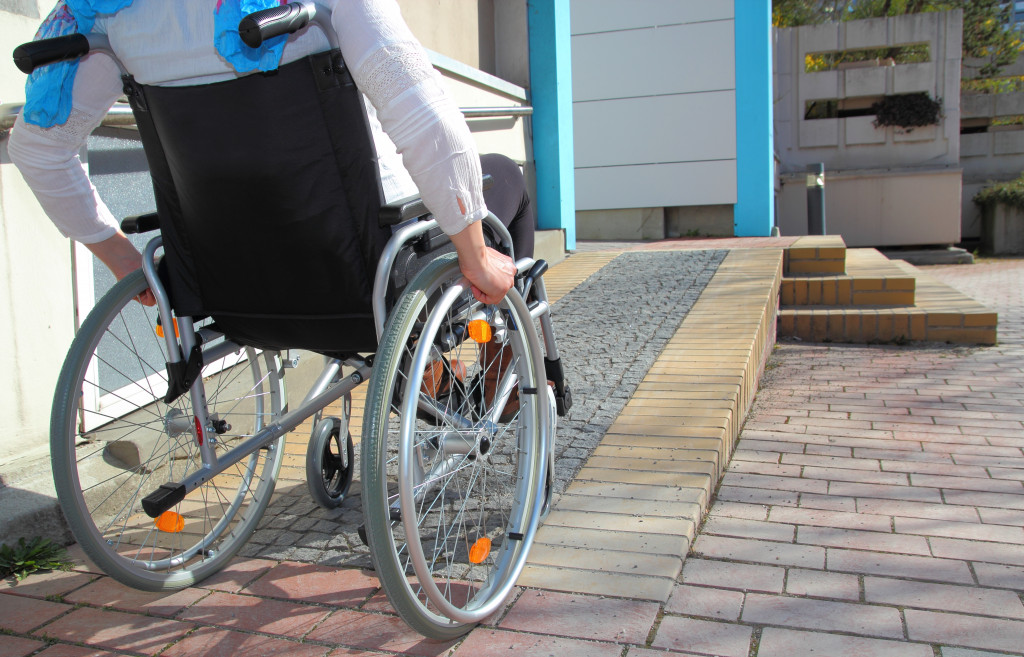Disclaimer: Miele Guide. This site provides fashion and lifestyle content for informational purposes only.
It is estimated that 1 in 4 American adults lives with a disability. This number includes people with a physical, mental, or sensory impairment that limits their daily activities. While many people think of disabilities as only affecting those who are visibly impaired, the fact is that any limitation can be classified as a disability, such as hearing impairments, blindness, or intellectual disabilities.
It’s hard enough to stay active when you have no mobility issues, but for those who live with limited mobility, it can seem downright impossible at times. However, there are ways to work around your limitations and stay as active as possible. Staying fit will help improve your quality of life, regardless of your limitations. Here are a few tips to help get you started:
Consult with Your Doctor
Before starting any new exercise routine, it’s always a good idea to consult your doctor, especially if you have limited mobility. They can help you create a tailored plan for your needs and help you avoid any potential injuries. If they advise against certain activities, it would be best to listen to them because they know your limitations better than anyone. Moreover, if you want to make changes to your exercise routine, ensure you run it by your doctor or a professional first, so you can avoid any injuries or setbacks.
Do Physical Activities with Professional Supervision
When starting out exercising with a disability, you should proceed with the guidance of a professional such as a physiotherapist, occupational therapist, or certified personal trainer. They will help you find the right exercises for your abilities and ensure you perform them correctly and safely. They can also help you determine how often you should exercise and gradually increase the intensity as your mobility improves. Once you’re comfortable with a particular exercise, you can start doing it independently without professional supervision.
Prepare for Costs
You must prepare a budget for your fitness goals. Investing in your well-being is essential; if you want to see results, you need to be willing to invest some money. Hiring a professional trainer, taking classes, or buying new equipment will all come with a cost. There are available means to help offset the cost of staying active with a disability. You can do this by looking into disability claims services that can help you with the processes involved in receiving benefits. This will give you the financial support you need to stay active without breaking the bank.
Exercise in Water
If you have limited mobility, exercising in water can be a great option because it provides resistance without putting any strain on your joints. The water provides resistance that can help build muscle and improve cardiovascular health. You can try joining water aerobics classes. It’s a great way to get started, and many gyms and recreation centers offer them. Swimming is also an option for those with limited mobility because it works the entire body and can be done at your own pace. However, ensure you’re accompanied by a professional before trying out these water activities by yourself. It’s essential that there’s someone nearby who can guide and help you if needed as you exercise in water.

Exercise Your Other Limbs
If you have an injury or condition that limits the use of one of your limbs, that doesn’t mean you can’t exercise your other limbs. Working out the rest of your body can actually help improve your overall mobility by making the rest of your body stronger. For instance, if you can’t use your legs, you can still exercise your arms and upper body. You can use dumbbells, resistance bands, or your own body weight. On the other hand, if you’re injured in one arm, you can work on your legs and core. Some exercises include squats and lunges. You can also take walks and use stationary bikes. These exercises will help you stay active without putting too much strain on your injured limb. Additionally, It’s also essential to listen to your body. If a particular exercise is causing you pain, stop immediately. It’s essential to only do exercises that feel comfortable for you.
Do Stretching
Stretching is vital for everyone, but it’s especially crucial for those with limited mobility. It helps improve your range of motion, flexibility, and can help prevent injuries. You can do various stretches, even if you have limited mobility, such as arm and shoulder stretches, neck stretches, and ankle and foot exercises. You can find some great stretching exercises online or ask a professional trainer to help you.
If you have limited mobility, you must find ways to stay active. Many options are available to you, so don’t be afraid to try new things. And remember, always consult with your doctor before starting any new exercise.
